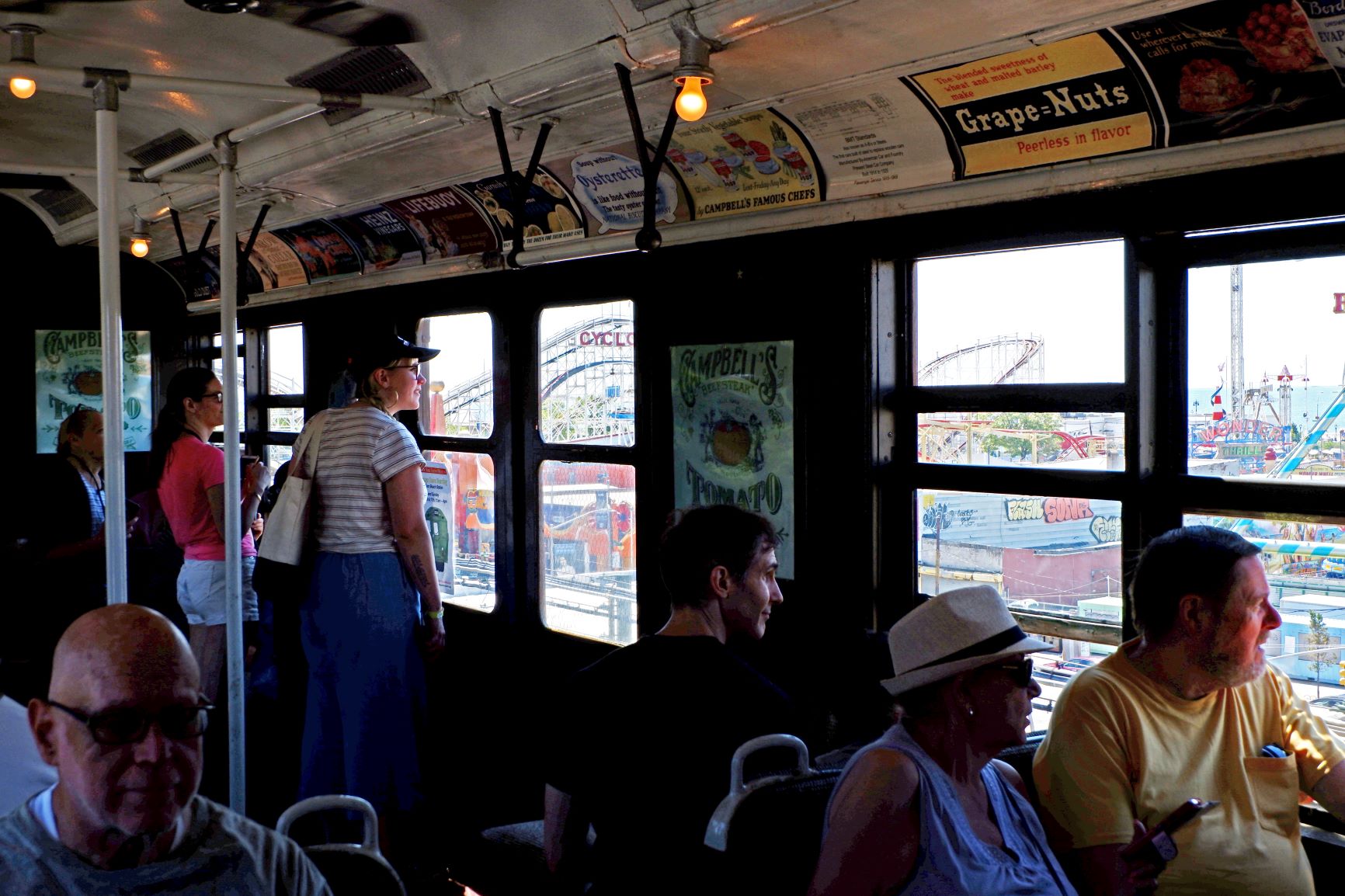What happened in Brooklyn transit in 2019?
2019: Year in Review

A historic subway car. Photo courtesy of The New York Transit Museum
A lot happened in Brooklyn this year — from environmental policies to infrastructure changes to housing reform. We’ve wrapped up the key pieces for you in “2019: Year in Review.”
It was the year of the train daddy and Brooklyn’s fearsome subway quack attack. The L train shut down — er — slowed down.
Here’s what you need to know about Brooklyn’s year in transit.

Brooklyn Boro
View MoreNew York City’s most populous borough, Brooklyn, is home to nearly 2.6 million residents. If Brooklyn were an independent city it would be the fourth largest city in the United States. While Brooklyn has become the epitome of ‘cool and hip’ in recent years, for those that were born here, raised families here and improved communities over the years, Brooklyn has never been ‘uncool’.